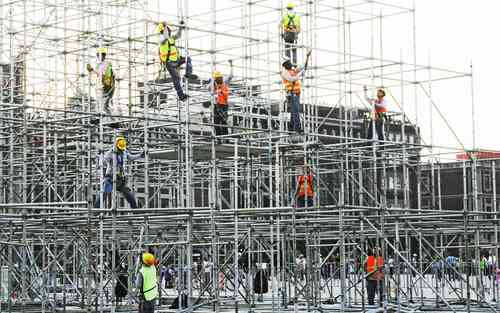The Organization for Economic Cooperation and Development (OECD) reports that Mexico leads the world in the number of hours worked per worker, with 2,137 hours annually. However, despite this high work rate, Mexico’s productivity remains low, with a contribution to the GDP of only 22.2 dollars per hour worked. This is significantly lower than countries such as the United States and Canada, which have fewer working hours but higher productivity rates.
Productivity is a complex issue that cannot be solely attributed to the number of hours worked. Factors such as workplace culture, psychosocial risks, and mental health play a significant role in determining productivity levels. Workplace presenteeism has become a growing problem that affects both employees and companies worldwide. When workers attend their jobs but perform subparly due to factors such as excessive workloads or negative work environments, it can impact productivity levels.
Affor Health, a consulting firm specializing in psychosocial preventive management, notes that workplace presenteeism is having an impact on company productivity levels. Neglecting psychosocial risks in the workplace is a common trigger for this phenomenon. To address this issue and improve productivity levels, companies must assess their risks and implement measures to support their employees’ mental health and well-being. As they navigate the return to the office post-COVID-19, many companies are recognizing that simply responding to emails does not equate to true productivity levels. Instead, they are focusing on creating positive work cultures and prioritizing employee mental health to maximize their team’s potential for success.
In conclusion, while Mexico may lead in the number of hours worked per worker according to OECD data, it does not translate into high productivity levels due to several factors beyond just working hours alone. Employers must take note of these challenges and address them by prioritizing employee mental health and well-being through measures such as implementing positive work cultures and addressing psychosocial risks in order to improve overall productivity levels.
